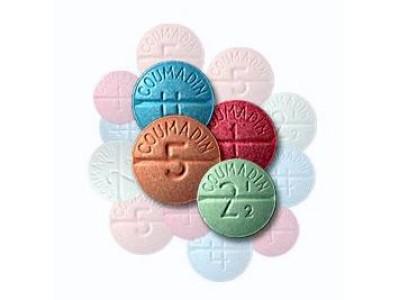Using two different medications simultaneously for different symptoms can be safe, but it requires careful consideration to avoid potential interactions. The safety of combining medications depends on several factors, including the specific drugs involved, their mechanisms of action, dosages, and your overall health condition. Some combinations can result in harmful interactions, while others might be safe and even beneficial.
Read also spain pharmacies.
To determine if medications will interact, you should start by consulting with a healthcare professional such as a doctor or pharmacist. They can review your current medications and medical history to identify any potential risks. They may use tools like drug interaction databases to provide a comprehensive assessment. Additionally, you can utilize online resources and mobile apps designed to check for drug interactions, but these should not replace professional medical advice.
When discussing with your healthcare provider, provide a complete list of all medications you are taking, including prescription drugs, over-the-counter medications, supplements, and herbal remedies. Be sure to mention any underlying health conditions, as these can influence how drugs interact in your system. Your healthcare provider may adjust dosages, recommend alternative medications, or advise specific timing to reduce the risk of interactions.
Reading the medication labels and accompanying leaflets is also essential. These documents often include information about known drug interactions and side effects. Paying attention to warnings and following the prescribed dosages and administration instructions is crucial for minimizing risks.
Monitoring for any unusual symptoms after starting a new medication combination is important. If you experience adverse effects such as dizziness, nausea, unusual bleeding, or changes in mood, contact your healthcare provider immediately.
In summary, while using two different medications at the same time can be safe, it requires a thorough evaluation by a healthcare professional to ensure there are no harmful interactions. Accurate information, open communication with your healthcare provider, and careful monitoring can help you manage your symptoms safely.
